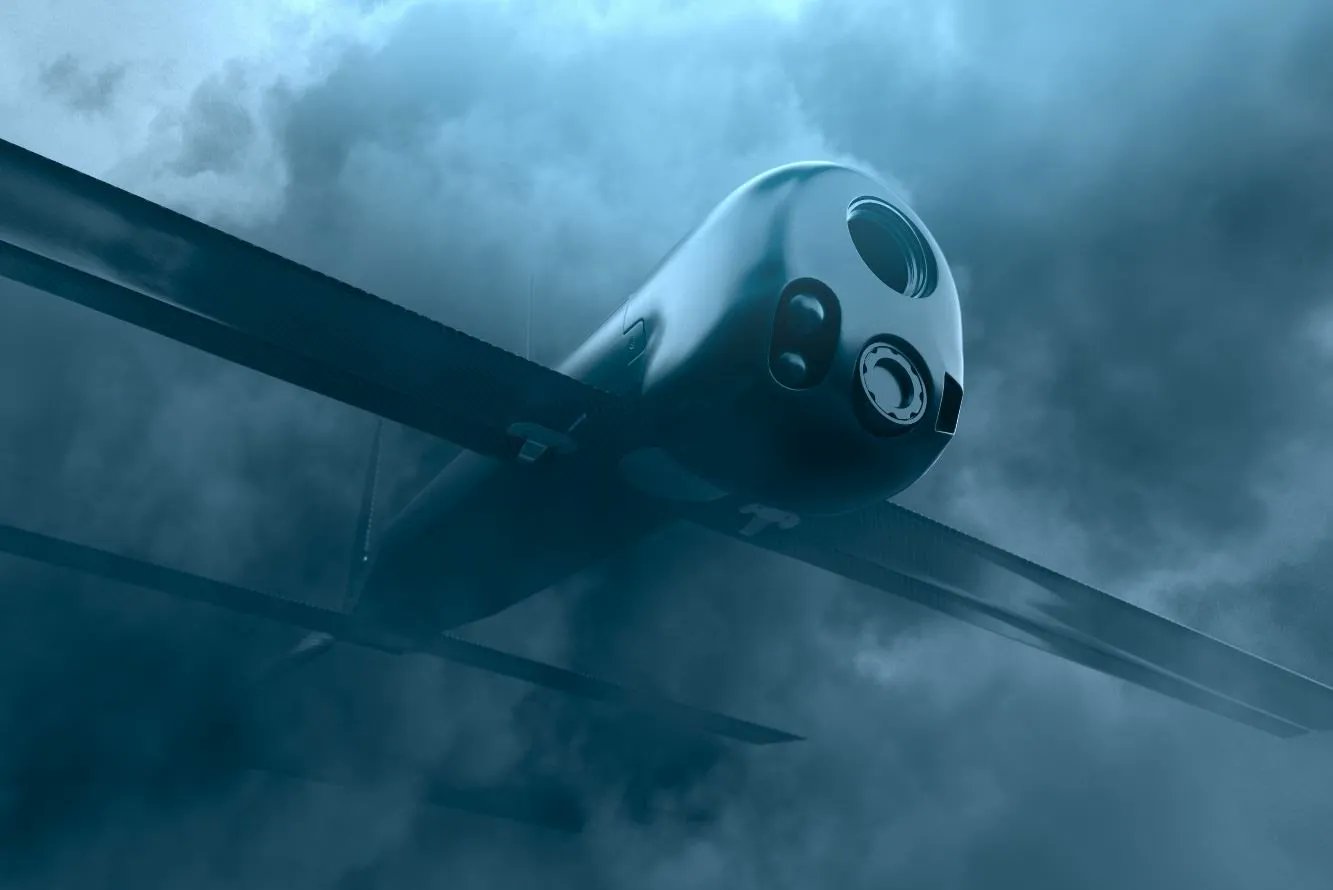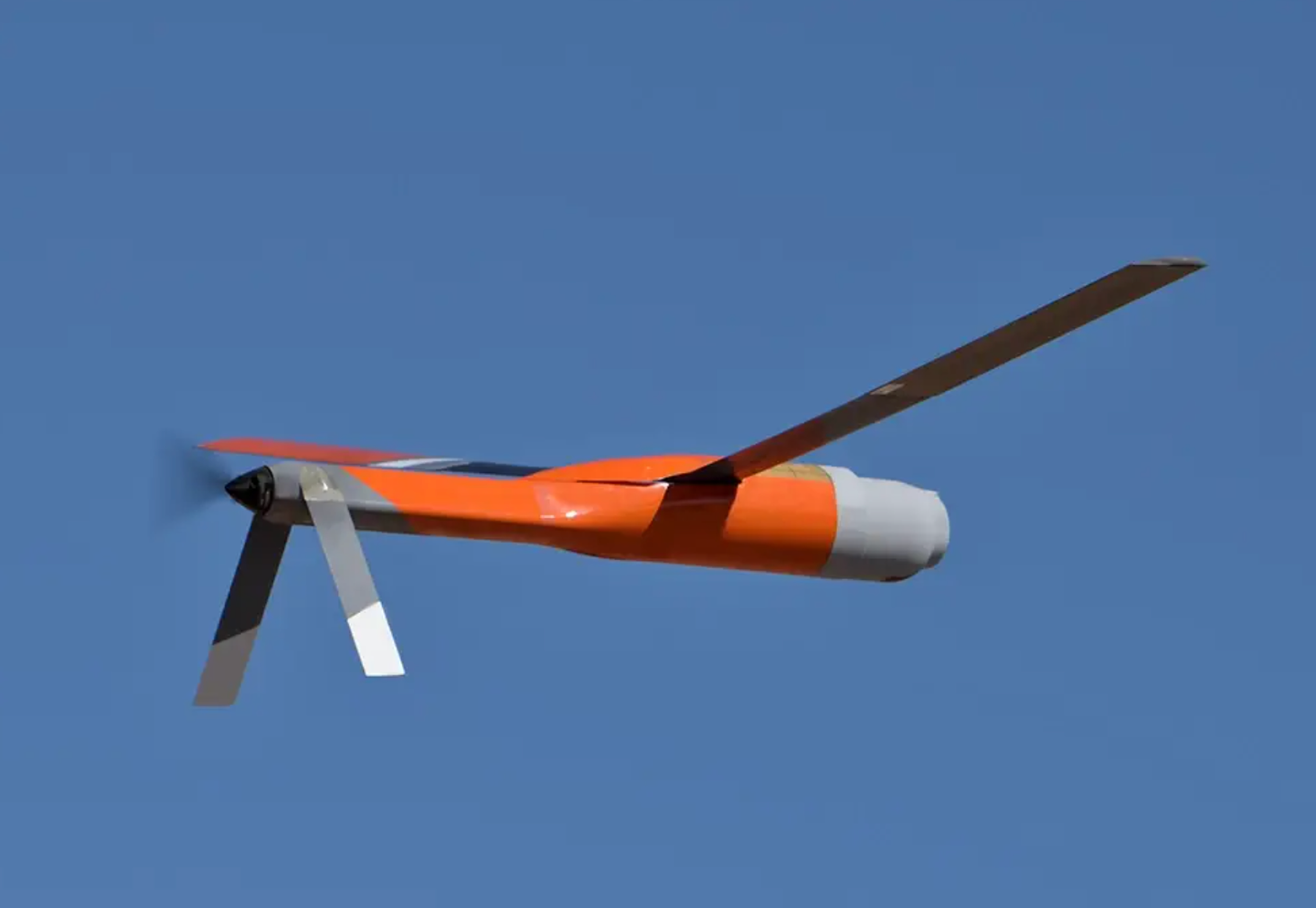Taiwan’s asymmetric military posture to counter China is set to become more robust, with the United States announcing a sale of 1000 drones to the self-ruled island state.
The United States approved the $360 million sale of more than 1,000 small armed drones to Taiwan. A notice from the U.S. Defense Security Cooperation Agency (DSCA) on June 18 stated Taiwan would get 720 Switchblade drones and related fire control systems valued at $60.2 million.
Additionally, the DSCA mentioned Taiwan would get up to 291 Altius 600M loitering munitions and associated components from the U.S. for $300 million. The development comes as Taiwan awaits the delivery of previously purchased arms, including Abrams tanks, F-16 Vipers, and sophisticated munitions purchased from Washington.
Although the U.S. adheres to the ‘One China’ principle, it is legally obligated to give Chinese-claimed Taiwan the tools to defend itself against Chinese aggression. The arms sales to Taiwan, however, continue to engage Beijing, which has accused the U.S. of turning Taiwan into a powder keg nation by sending arms in defiance of Chinese warnings.
The latest sale announcement comes when tensions in the Taiwan Strait are escalating. China has stepped up pressure against the island state, carrying out near-daily incursions in the Taiwanese Air Defense Identification Zone (ADIZ) and crossing the median line in the Strait waters.
🇺🇸🇹🇼 US approves US$360 million arms sale to Taiwan for missiles, drones
The US State Department has approved the possible sale of drones and missiles for an estimated US$360 million to Taiwan, the Pentagon's Defense Security Cooperation Agency said. pic.twitter.com/KeISmBFJeU
— DD Geopolitics (@DD_Geopolitics) June 19, 2024
The sale of drones is significant because it would aid Taiwan’s asymmetric warfare strategy, which hinges on using unconventional weapons to prevent an occupation of the island by China’s People’s Liberation Army (PLA).
The state’s National Defense Report, published last year, stated that Taiwan would increase resilience and self-sufficiency, prioritize the domestic defense industry, and beef up its “all-out defense” capabilities “by acquiring less conventional weapons, realigning its forces and promoting a whole-of-society defense approach.”
Taiwan’s acquisition of drones may have been influenced by the spectacular show of Ukrainian drones traveling thousands of miles and blowing advanced Russian fighter jets parked in the hangars. The SwitchBlade UAV was also sent to Ukraine by the United States.
Additionally, the announcement comes days after the commander of the U.S. Indo-Pacific Command laid down his “Hellscape” strategy, which aims to use drones to distract China in the event of a Taiwanese invasion so that the U.S. forces could buy time to retaliate.
Hellscape makes perfect sense given that we aren’t prioritizing the Pacific with existing proven platforms, munitions, and funding.
The unmanned autonomous vehicles (UAVs) and AI drone swarm capabilities of Hellscape are relatively inexpensive and fast to produce.
The… https://t.co/ZsJYIKn9nO— Michael Goolsby (@MichaelGoolsbyV) June 19, 2024
“The idea is that as soon as China’s invasion fleet begins moving across the 100-mile waterway, the U.S. military would deploy thousands of unmanned submarines, unmanned surface ships & aerial drones to flood the area & give Taiwanese U.S. & partner forces time to mount a full response,” Admiral Samuel Paparo, the commander of U.S. Indo-Pacific Command told The Washington Post at the International Institute for Strategic Studies’ Shangri-La Dialogue Summit.
Taiwan has been acquiring drones from the U.S. and producing some indigenously to establish a potent drone force that would be able to thwart a Chinese invasion, which is predicted to be launched by 2027. Earlier, Taiwan purchased a powerful drone from the U.S.: the vaunted MQ-9B UAV.
However, the acquisition of kamikaze drones or loitering munitions is significant in its own right because they could be employed to combat warships in the strait, particularly the approaching Chinese landing boats, as part of an anticipated large-scale amphibious invasion.
On its part, Taiwan thanked the U.S. administration for the latest drone sale in a statement released on June 19. The statement mentioned that it was the 15th arms sale from the U.S. to Taiwan since 2021.
“Taiwan will continue to strengthen our self-defense and asymmetric warfare capabilities to enhance our deterrence,” said the spokesperson of the Taiwan Presidential Office, Karen Kuo. “We will firmly defend our constitutional system of democracy and freedom, and we will work with countries with similar ideals to safeguard the rules-based international order.”
Drones From The U.S. For Taiwan
Resembling a small fixed-wing drone, the Switchblade is a low-cost, lightweight, precision-guided missile that can be deployed in two minutes “via tube-launch from land, sea, or mobile platforms, providing greater mission flexibility,” according to the AeroVironment website. The Switchblade 300 can fly for more than 20 minutes, has an effective range of 30 kilometers, and can carry a 1.68 kg payload.
According to AeroVironment, the manufacturer of the Switchblade has done an excellent job helping Ukraine repel Russia’s military invasion. Compact enough to fit in a backpack, it is a low-tech weapon designed to aid American forces during ambushes, particularly in the Afghanistan War.
One characteristic that sets the Switchblade apart is its abort function. While similar weapons explode when engaged, the Switchblade can destroy itself so that no one is harmed. The casualties are, thus, minimized. The Switchblade 300 is a tube-launched drone designed for attacking ground troops.

Reports from last month indicated that Taipei wrote to the U.S. Department of Defense requesting drones similar to the Switchblade 300 and another with specifications like the Switchblade 600 or Anduril’s Altius-600.
Taiwan’s interest in Switchblade loitering munitions is not new. It has domestically developed its own Chien Hsiang loitering munitions. The vehicle-launched Chien Hsiang can suppress diverse radar systems deployed by the People’s Liberation Army, whether positioned along the coastline, inland regions, or at sea.
Another loitering munition that Taiwan has been keen on acquiring is the Altius-600M. The drone is bigger than the Switchblade 300. According to the manufacturer Anduril’s website, the Altius-600M may be fired from land, air, or sea platforms and carry “multiple seekers and warhead options.”

The company claims that the Altius-600M has twice the loitering time and range than loitering munitions currently in the market. It leverages autonomy to allow a single operator to control multiple assets simultaneously. Like the Switchblade, the Altius-600M was also delivered to Ukraine.
The Altius-600M could be part of a collaborative swarm to strike targets detected by other Altius-600s. Last year, the U.S. Army performed a networked swarm comprising waves of seven Altius-600 drones, marking the largest networked sortie of Air-Launched Effects (ALE) Unmanned Aerial Vehicles (UAVs) of its kind at the time. A single operator controlled the swarm of drones as they hunted and destroyed simulated enemy positions.
In Taiwan’s strategic context, incorporating loitering munitions like these assumes exceptional significance, particularly within the framework of what is referred to as a “porcupine strategy.” These drones provide a low-cost option for executing precision strikes, a capability that can be exponentially magnified through their deployment in significant numbers.
- Contact the author at sakshi.tiwari9555(at)gmail.com
- Follow EurAsian Times on Google News




